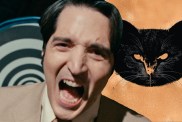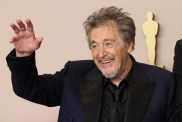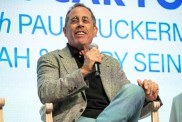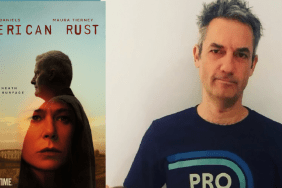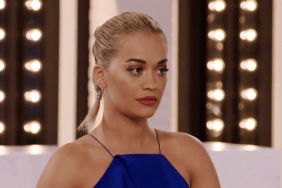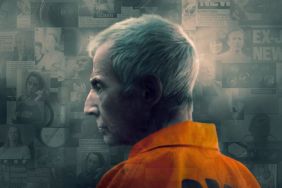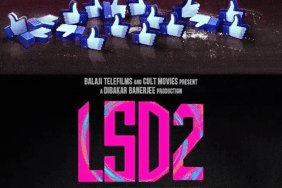
In 2005 Crash was a film I could respect for what it attempted to do in terms of telling a racially charged story, but the coincidence factor was all wrong. The film seemed to exist in order to fulfill the coincidence at the end of the film as opposed to the story being a result of the coincidence. The largest problem with this was that the film itself depended on that ending for its emotional punch. Sure, there were a few things here and there to supply the audience with something to think about along the way, but the film’s heavy reliance on the coincidence caused the audience to piece the story together for themselves so by the time it all ended you already knew what was going to happen. This removed almost all of the emotion the film attempted to gain and for me, it just didn’t work. It worked on the Academy as they gave it a Best Picture win over the likes of Brokeback Mountain and Capote, but whoever said the Oscars always get it right?
I bring this up because, as I continue to add to my list of movies I’ve seen, I checked out Krzysztof Kieslowski’s Troi couleurs (Three Colors) trilogy this past weekend and if I ever do a new Top Ten list of Movie Trilogies I will be revising my previous list and adding these three films. Of course I still have to see other trilogies such as the Samurai trilogy, Pusher trilogy, Bergman’s trilogy and Fritz Lang’s Doctor Mabuse trilogy before I ever consider completely revising that list so that’s probably a ways off.
The Three Colors trilogy is made up of Blue, White and Red and while Blue features Juliette Binoche and White has Julie Delpy in a small, but pivotal, role it includes no major stars. The three films trickle around the bottom of the IMDB Top 250 and are listed on Roger Ebert’s Greatest Movies List and for good reason. On top of wonderful performances all around, the films engage the audience on almost a subconscious level. It familiarizes you with an area without giving off any real intention. Before you know it you are wrapped up in a world you feel entirely comfortable with despite some of the serious themes taking place. Oh, and if you couldn’t tell by the images in this article, the films themselves are beautiful.

Without ruining any of the story I will create a scenario for you. Imagine you go to a coffee shop one morning. Inside are a handful of people, none of which you know, but somehow you all ended up at that coffee shop at that moment in time. The fact you are in the coffee shop at the same time is entirely unimportant, but the road you, and the other patrons, traveled to get there may be one hell of a story. That story, is Three Colors. It’s a story of life, love, loss and the human spirit.
Personally, I think the fact it is billed as a trilogy is unfortunate. I went into Blue searching for clues. What was the connection? I didn’t want to miss how this film fit in with White and Red. However you will soon realize the connection is simply time, place and tone, that is as far as the three films were concerned. Once I realized that it only got better.
The titles of the three films come from the French Revolutionary ideals and the colors represent the three colors of the flag of France better known as the French tricolor representing liberty, equality and fraternity. Roger Ebert sums these three themes up in his review of the trilogy. As I watched I tried to think of new words to relate to the three stories and came up with depression, hope and reflection. These three words work more independently as you look at each film individually whereas looking at the trilogy as a whole the French tricolor really goes deep into the storyline.

There are ties that bind the three stories, but seeing how each was released individually it is obvious the coincidence is of little consequence to the overall story and I imagine seeing Red in 1994, a year after first seeing Blue back in 1993, must have been a lot of fun in theaters. One could argue the story here was too big for Kieslowski to put into one film such as Crash, but the fact the storyline in Crash depended on the coincidence doesn’t change and – for me – that was that film’s fatal flaw. Kieslowski’s films almost work backwards from an alternate version of my coffee shop example: take a group of people at one place and tell me how they got there.
This will not be the last time I check out Kieslowski’s work as I am anxious to check out his ten-part drama The Decalogue, which Stanley Kubrick is quoted as calling the best thing he’d seen in years and he wished he had made it himself. Based on Three Colors and that comment I can’t resist. For you Netflix folks, like myself, all three of the Three Colors films as well as all ten of The Decalogue are available so give ’em a preview.

